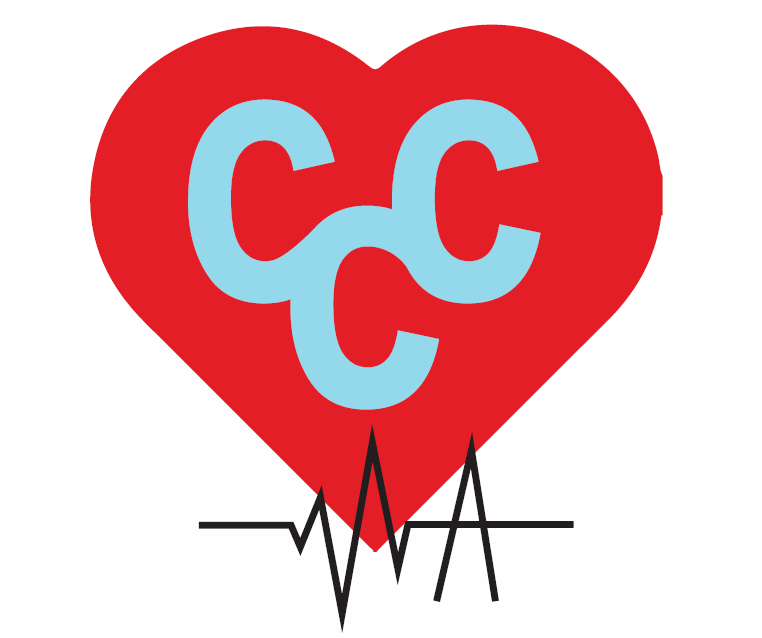Echocardiogram (Echo)
Our mission is to improve the health and well-being of our Bay Area residents through integrated and compassionate patient care, education and research.
Welcome new doctors
Upgraded new patient portages
Redesigned website
Echocardiogram (Echo)
An echocardiogram or “echo” is a non-invasive test in which your cardiologist can observe the movement of your heart valves and the pumping of blood in the chambers of the heart.
During the echocardiogram, a sonographer or ultrasound technician uses a small wand to direct high frequency sound waves (also called ultrasound) at your chest area. The sound waves bounce off the heart and create an “echo” that is translated into a graphic video that your cardiologist can use for diagnostic purposes.
What is the purpose of an echocardiogram?
An echocardiogram is a valuable diagnostic tool that allows the cardiologist to assess a number of different things including:
- The overall function of your heart’s valves and chambers
- The presenting symptoms of many types of heart disease such as valvular problems, myocardial disease, pericardial disease, and congenital heart disease
- Monitoring, evaluation and follow-up of medical treatments (drugs) or procedures
- What happens during the echocardiogram?
- You will be given a hospital gown and asked to remove clothing from the waist up.
- A sonographer (ultrasound technician) will place electrodes on your chest to monitor your electrocardiogram.
- The electrodes are small, circular pads with a sticky substance to help them adhere to the skin.
- You will be asked to lie on your left side on an exam table. The sonographer will place a wand (the ultrasound transducer that directs the sound waves) on different areas of your chest. To facilitate movement on your skin, a small amount of gel is placed on the end of the wand.
- Will I feel any pain or discomfort during the test?
- You should not feel any pain or discomfort during the test. The gel on the ultrasound transducer may feel cool on your skin as it is moved across your chest.
How long does the test take?
Usually about 30 minutes. After the test, you may get dressed and go about your daily business.
How do I get the results of my echocardiogram?
After your cardiologist reviews the test, he or she will discuss the test results with you and a report will be mailed to your primary care physician.


